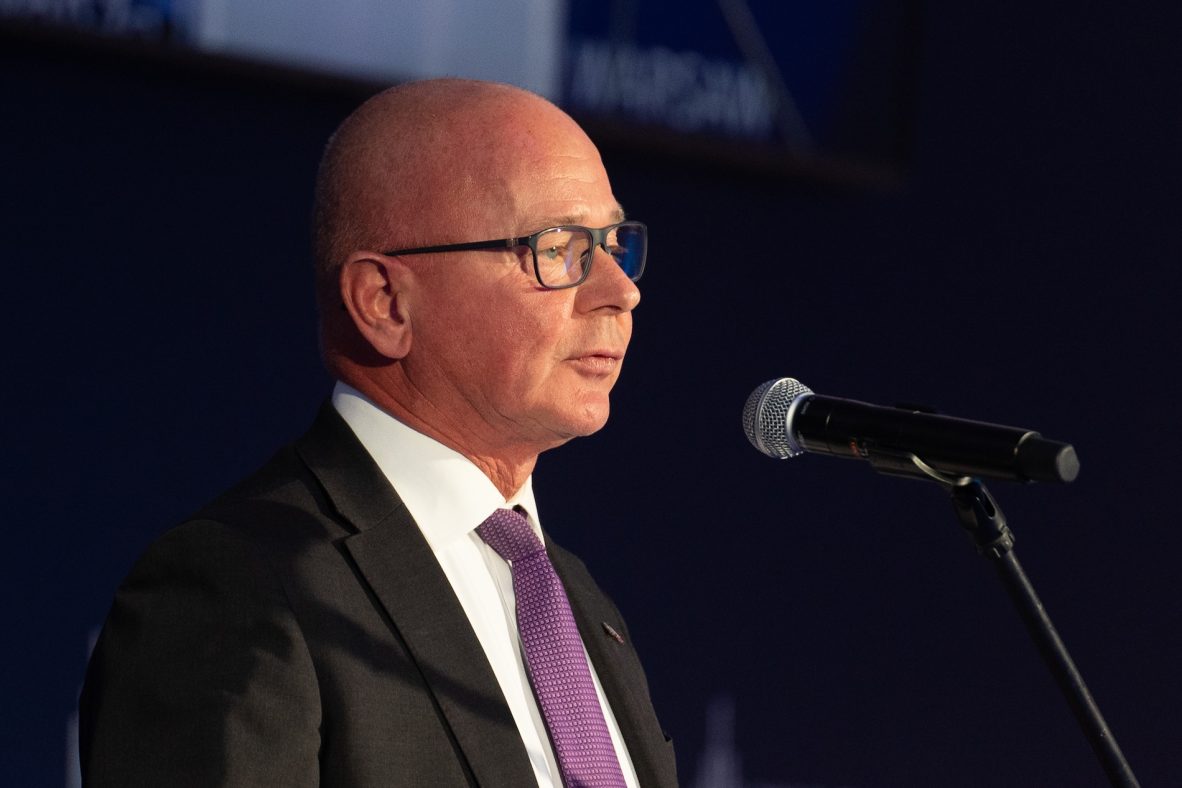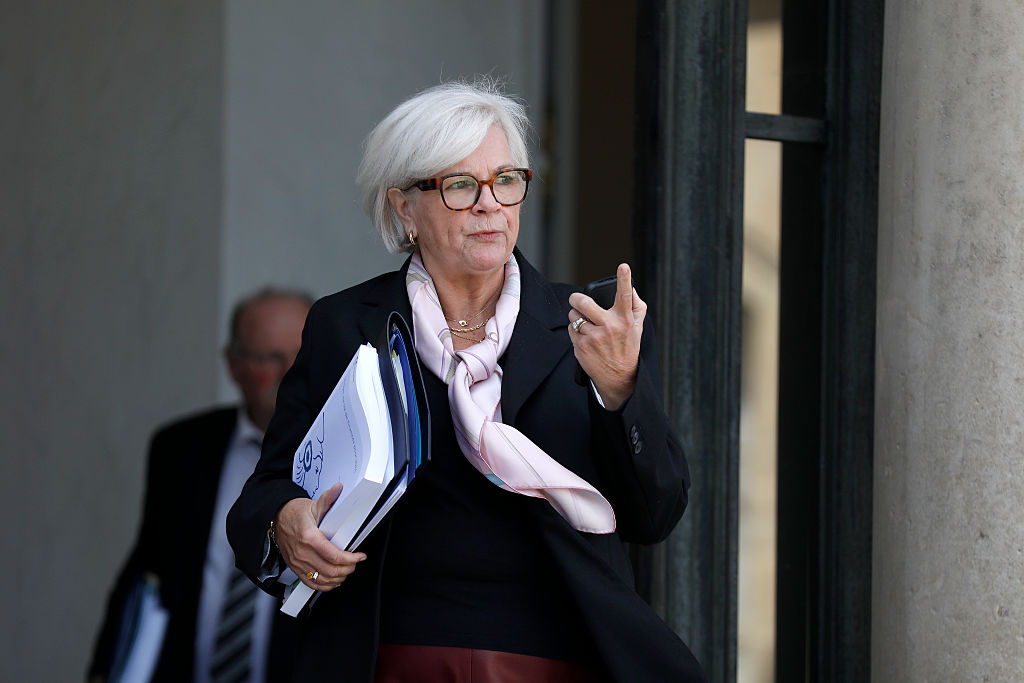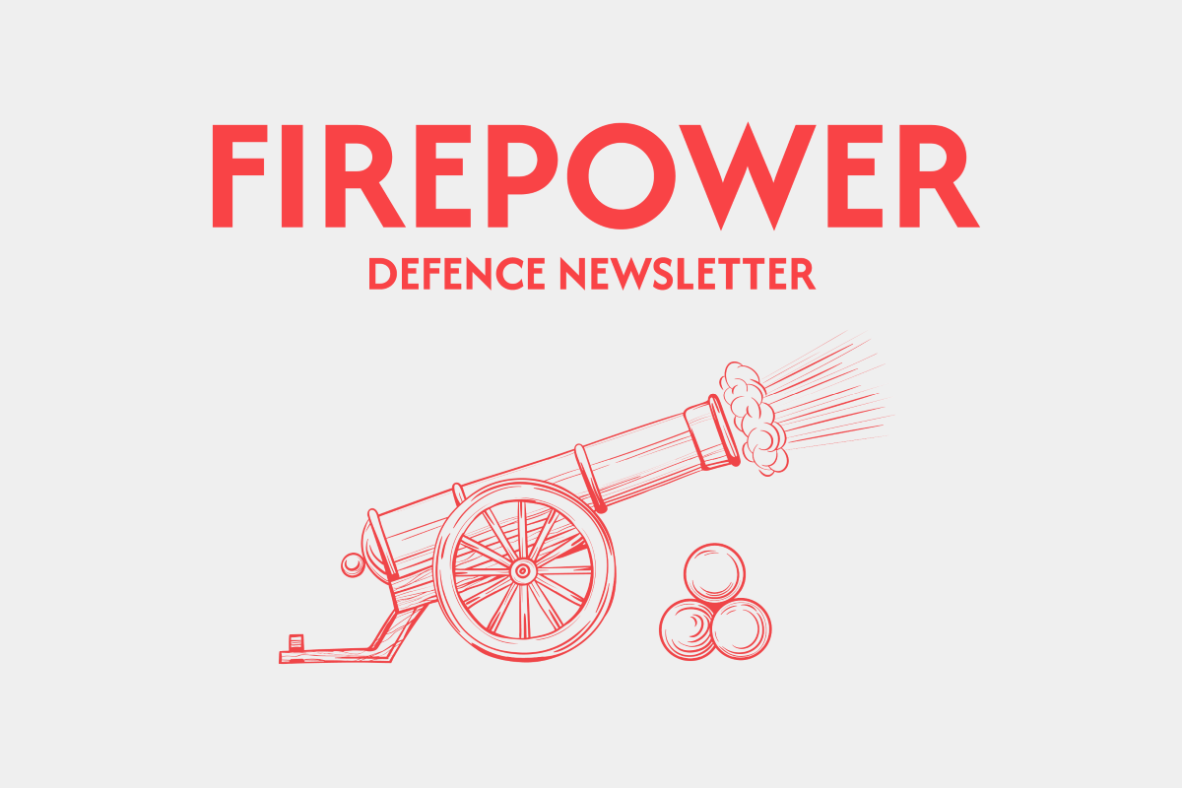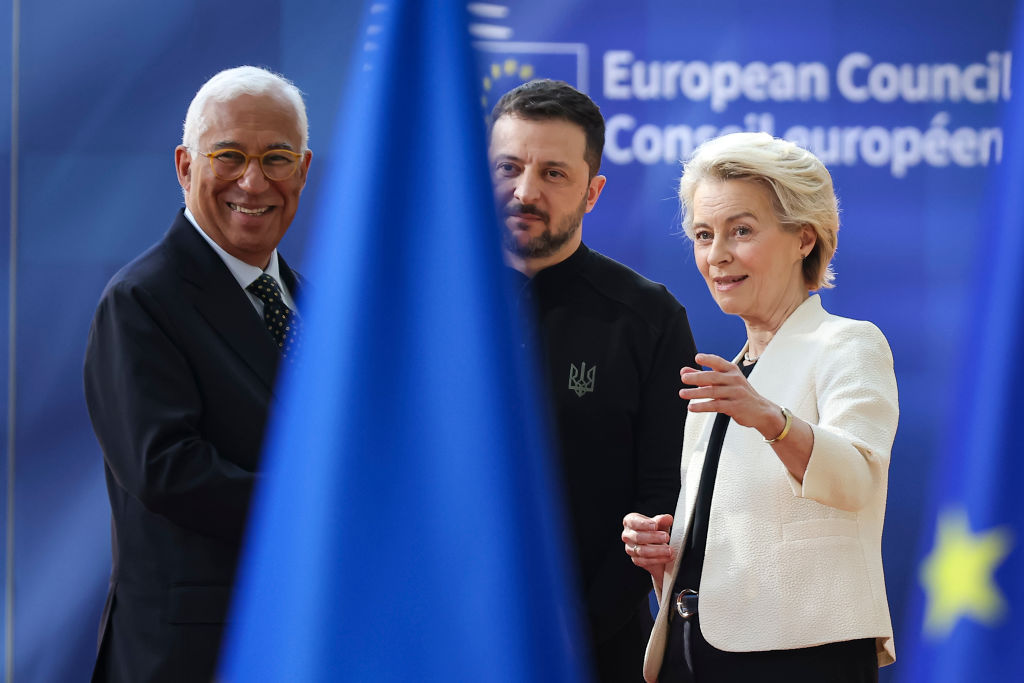Borders, bottlenecks, and bureaucracy: the barriers to moving troops from Lisbon to Lviv
Wars can be fought and lost in a matter of days, but one EU country required 45-days just to let military equipment cross its border

Russia’s war on Ukraine has woken up Europe to address the shortfalls in its defence. To that end, the European Commission will propose a suite of measures to improve military mobility by mid-November. But money and megaprojects aside, where can the EU add real value?
As part of Europe’s work to bolster its defences, the EU executive has pitched €17.6 billion in the next 2028-34 EU budget to revamp or build new infrastructure. But the Commission also plans to tackle a structural hurdle that might have a cheaper fix: speeding up the intra-EU movement of military personnel and assets.
The Commission is now reviewing all legislation that affects military mobility ahead of a simplification package due on 19 November, and there’s no shortage of mobility bottlenecks to address. In a consultation ahead of the Commission’s planned regulation on military mobility, respondents highlighted the need to speed up permit-granting procedures and to encourage green and EU-made energy production to prevent fuel shortages in the event of a crisis.
Moving tanks across the continent relies on national authorities’ ability to process armed forces’ transit permits, said Jannik Hartmann, an associate fellow at the NATO Defence College.
The question has taken on new urgency as Europe works to define its role in guaranteeing a postwar ceasefire in Ukraine – an issue made more pressing by the drawdown of US forces across the continent, now officially underway.
According to Jamie Shea, who retired as NATO’s deputy assistant secretary general in 2018, military mobility is key to reinforcing Europe. The US currently has around 80,000 troops stationed on the continent, a fifth of the 400,000-strong contingent during the Cold War. NATO is just a “thin blue line” on the map of central and eastern Europe, Shea said.
Bathing in bureaucracy
Portugal is about a 41-hour car drive away from Ukraine. But the country’s military might take more than a few days to reach Kyiv.
To get the tanks across the continent, troops need to obtain diplomatic permits for each country they cross, a spokesperson for the Portuguese armed forces said.
That means troop movements can be quick or slow, often depending on the pre-existing relationship between different countries’ armed forces, and the speed of permitting.
Expect no bottleneck between Lisbon and Madrid, the Portuguese armed forces spokesperson said, as both militaries conduct cross-border training every year.
The Portuguese army also participates in a NATO multinational brigade led by Spain, deploying 120 personnel equipped with battle tanks to Slovakia. The transport of equipment is a “highly complex logistical operation,” the spokesperson said, as the vehicles are moved on platforms and heavy trucks through maritime and land routes.
Overall, national administrations are slow at processing requests. A 2025 report from the European Court of Auditors shows that one EU country – not specified for security reasons – required 45 days’ notice to issue cross-border permission. That is 40 days more than the 5 working-day standard the Council committed to in 2018.
In that time, a German Leopard 2 tank could drive at full speed (70km/h) for 8 hours a day and get well over halfway around the Earth (around 25,200 km in 45 days).
Security checks can further delay troop movements, Hartmann said.
“The EU should definitely take over this timeline,” he added.
To transit and enter or exit the EU, countries can use the EU form 302, based on NATO’s 302 form, a customs declaration for military movement. Still, it’s up to national authorities to process these requests.
Maxime Cordet, a senior research fellow at France’s Institute for International and Strategic Affairs (IRIS), said the number of bodies that will review the request varies across countries —from foreign affairs ministries to interior security bodies —which, taken together, slows the process. There is no clear legal basis outlining how EU countries should process it, he added.
And countries are still not required to review and approve such forms within a short timeframe, Hartmann said.
One way out of the issue, he suggests, would be for EU countries to have permanent permits to cut down the clearing process and border checks. Armed forces, he says, would have to notify authorities ahead of their passing, without having to fill out single forms every time.
Germany’s special position
Germany’s federal system epitomises the heavy bureaucracy that lies at the heart of Europe’s military mobility challenge. According to Shea, the country stands at the heart of Europe’s military mobility challenge because it’s one of NATO’s most important corridors.
It’s a “distribution centre for North and South,” from the Baltic countries, to Poland, Italy, and the rest of Southern Europe, he explained.

A map featuring EU plans for roads, ports, railroad terminals, and airports, with a whole nexus of paths cutting through and across Germany. Taken from the EU’s regulation to develop a European transport network (TEN-T, page 101).
In Germany, “drivers of exceptional convoys must submit requests for passage to the various federal states,” said French MEP François Kalfon (S&D), shadow rapporteur on the European Parliament’s Military Mobility report.
As a first step at reducing cross-border bureaucracy, Germany teamed up with the Netherlands and Poland in 2024 to set up a first ‘Enablement and Sustainment Corridor’, which was followed by five new military mobility areas being agreed with groupings of NATO countries shortly after.
Not fit for crisis
EU leaders recommitted to supporting countries on the Eastern Flank at the last EU Summit, following a wave of violations of EU airspace. But bureaucratic hurdles could stand in the way of stationing more troops closer to Russia.
“Cross-border movement should take a few days, if not hours,” said Lithuanian Liberal MEP Petras Auštrevičius, to meet the current security challenge facing Europe. Auštrevičius is rapporteur for the European Parliament’s report on military mobility.
EU countries still operate under a peacetime legal framework, Shea said, which does not align with the current emergency climate. The risk, he thinks, is that capitals will be slow to implement legislation and train customs officials at the local level, so they are up to date with the latest documents in place.
For Cordet, varying levels of threat perception across the continent could still hinder military movements in case of emergency. That means some countries may risk having their permits rejected.
It is still unclear why administrations are struggling to catch up with paperwork, Cordet said, and what makes the move toward harmonised procedures difficult.
(cp, cm)









